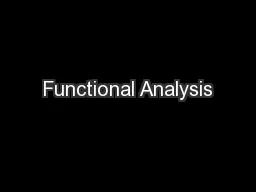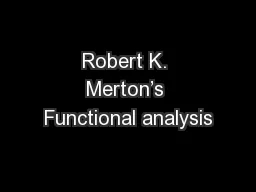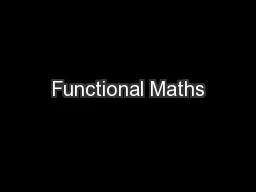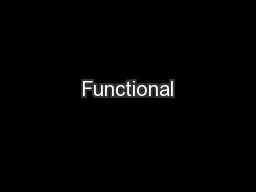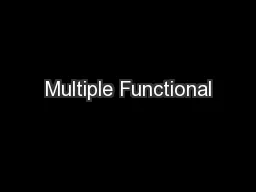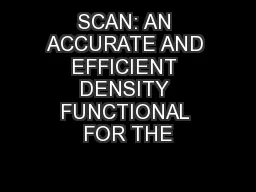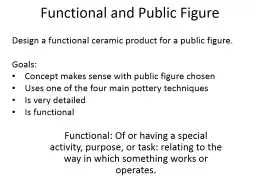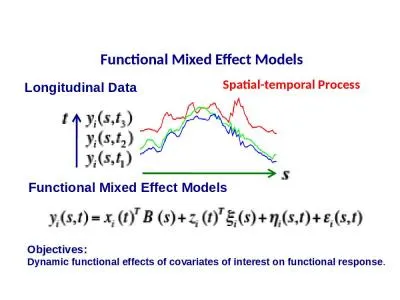PPT-Functional Analysis
Author : pasty-toler | Published Date : 2016-09-12
Baires Category theorem Definition Let X be a metric space A subset M of X is said to be RareNowhere Dense in X if its closure M has no interior points Meagerof
Presentation Embed Code
Download Presentation
Download Presentation The PPT/PDF document "Functional Analysis" is the property of its rightful owner. Permission is granted to download and print the materials on this website for personal, non-commercial use only, and to display it on your personal computer provided you do not modify the materials and that you retain all copyright notices contained in the materials. By downloading content from our website, you accept the terms of this agreement.
Functional Analysis: Transcript
Download Rules Of Document
"Functional Analysis"The content belongs to its owner. You may download and print it for personal use, without modification, and keep all copyright notices. By downloading, you agree to these terms.
Related Documents

